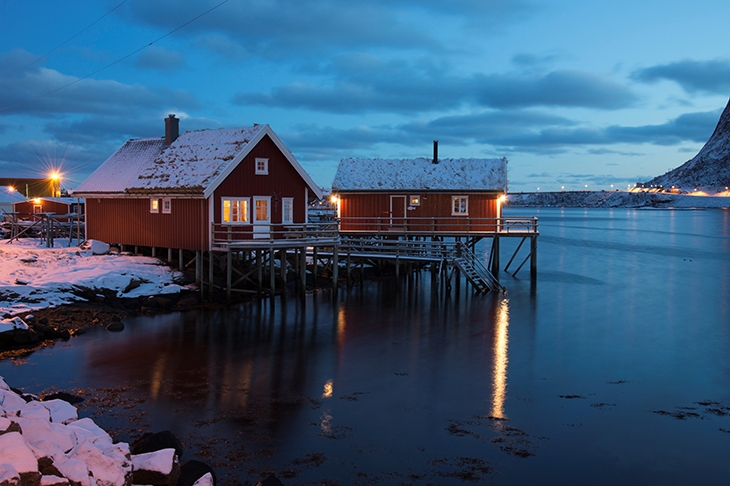‘I should not have gone back to the island but I did it all the same.’ So begins the Swedish author Steve Sem-Sandberg’s brief, dark and wonderfully atmospheric 12th novel, The Tempest. Islands play a special role in our literary imagination. They are crucibles, havens, prisons and escapes, places of magic and mysterious transformation, worlds that can be shaped and owned.

Disagree with half of it, enjoy reading all of it
TRY A MONTH FREE
Our magazine articles are for subscribers only. Try a month of Britain’s best writing, absolutely free.
Already a subscriber? Log in






Comments
Join the debate, free for a month
Be part of the conversation with other Spectator readers by getting your first month free.
UNLOCK ACCESS Try a month freeAlready a subscriber? Log in